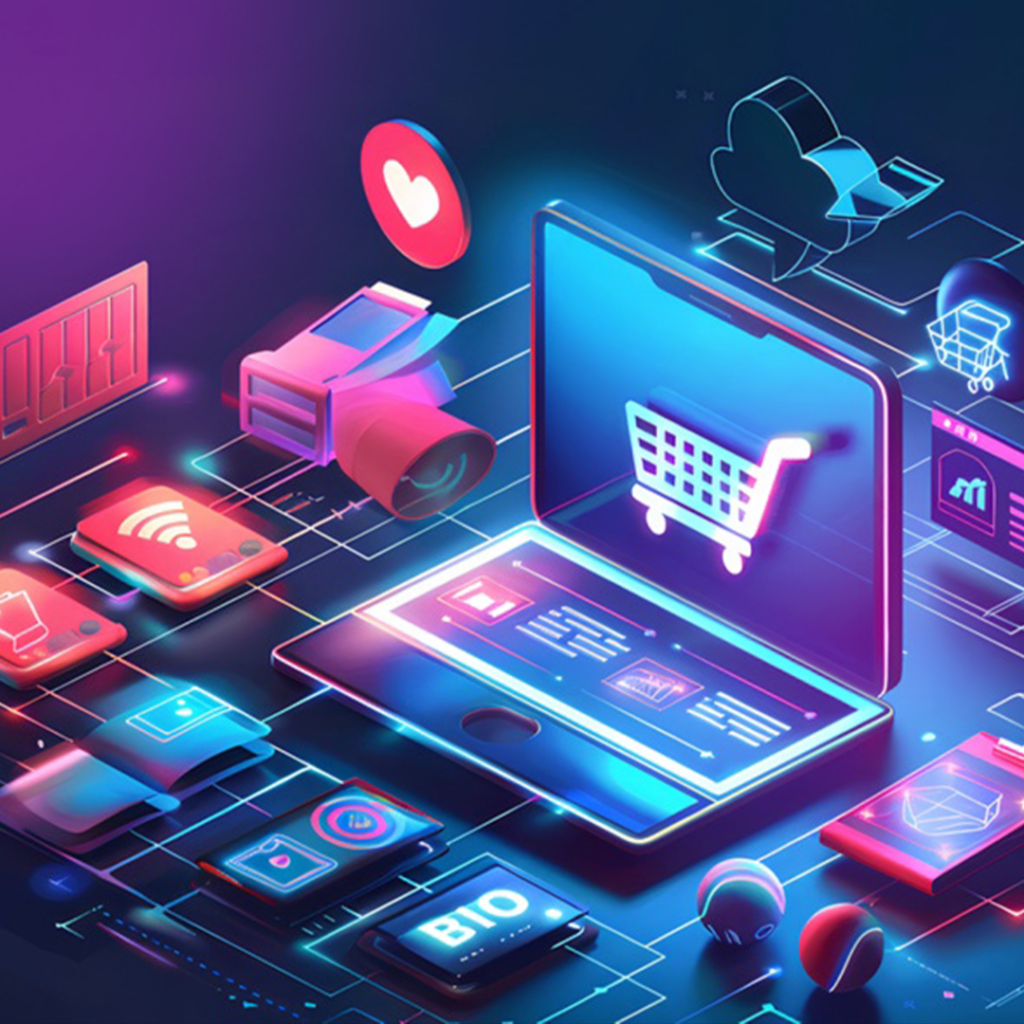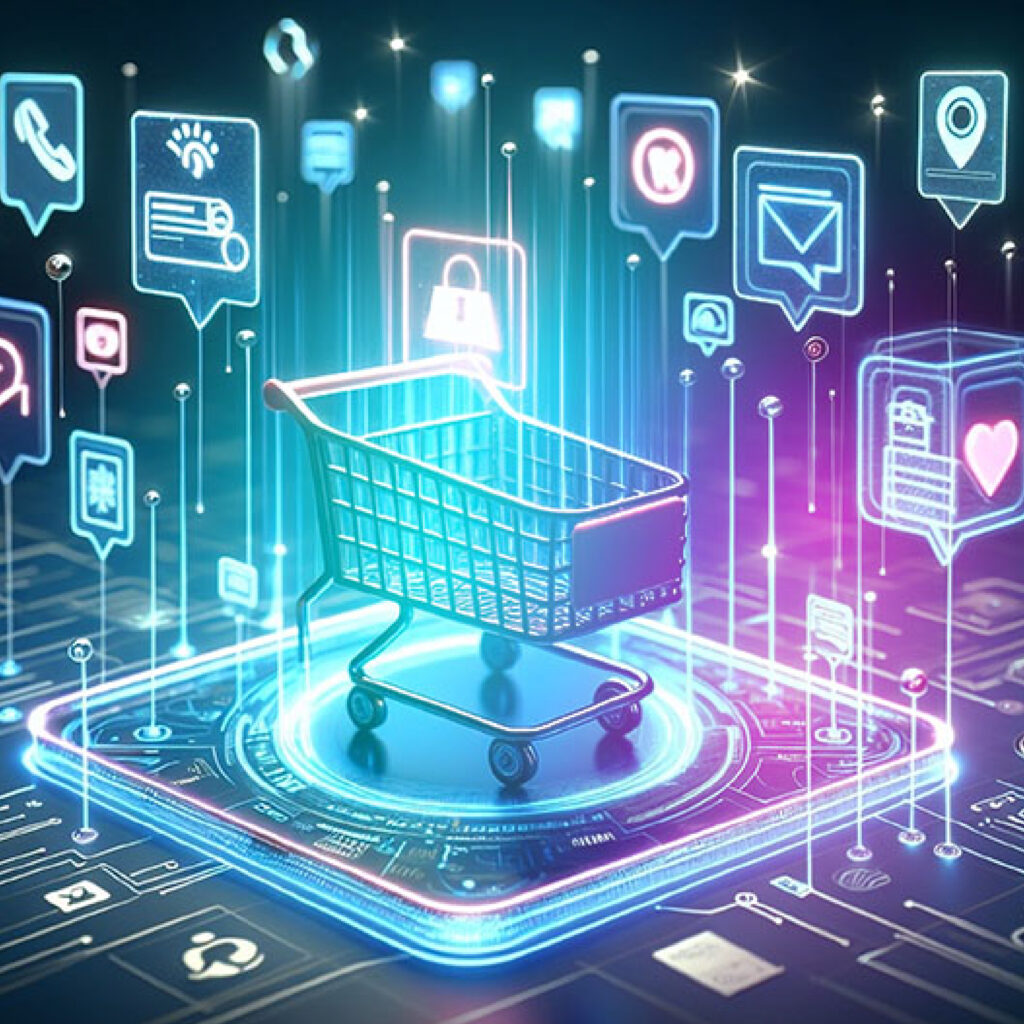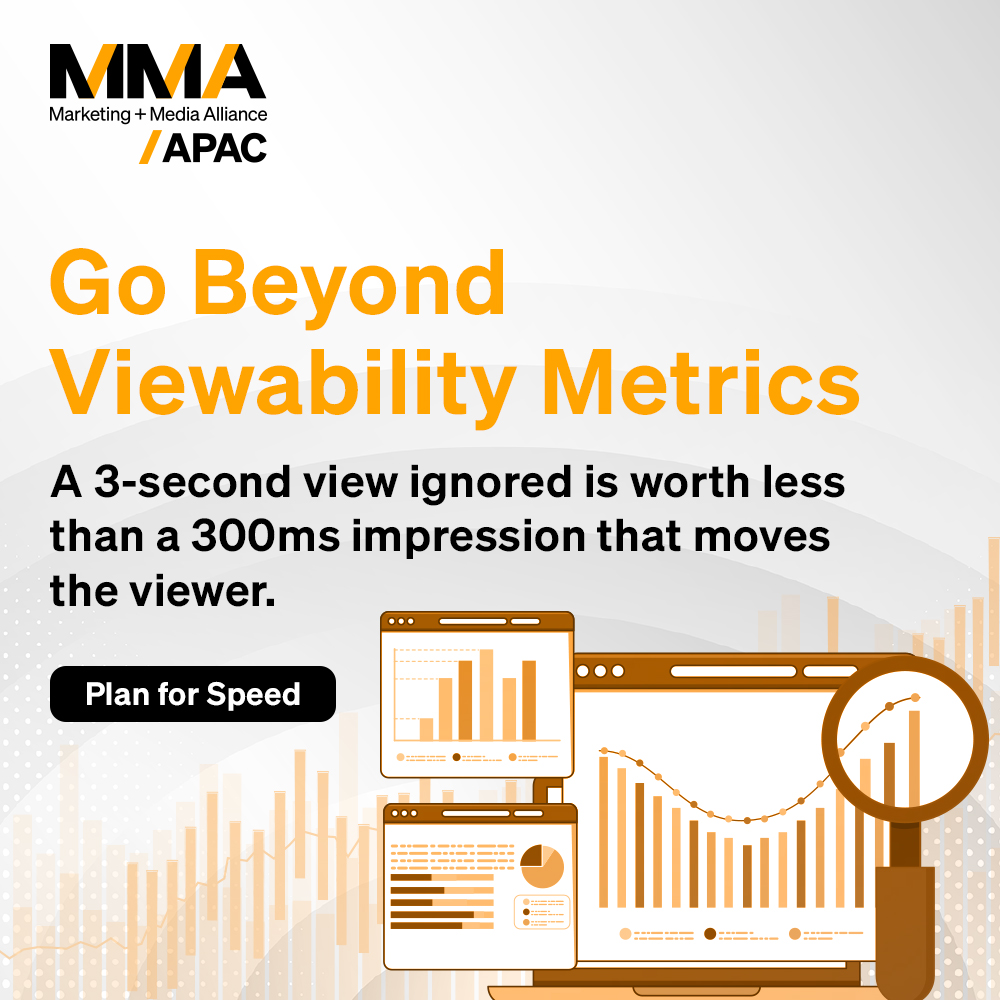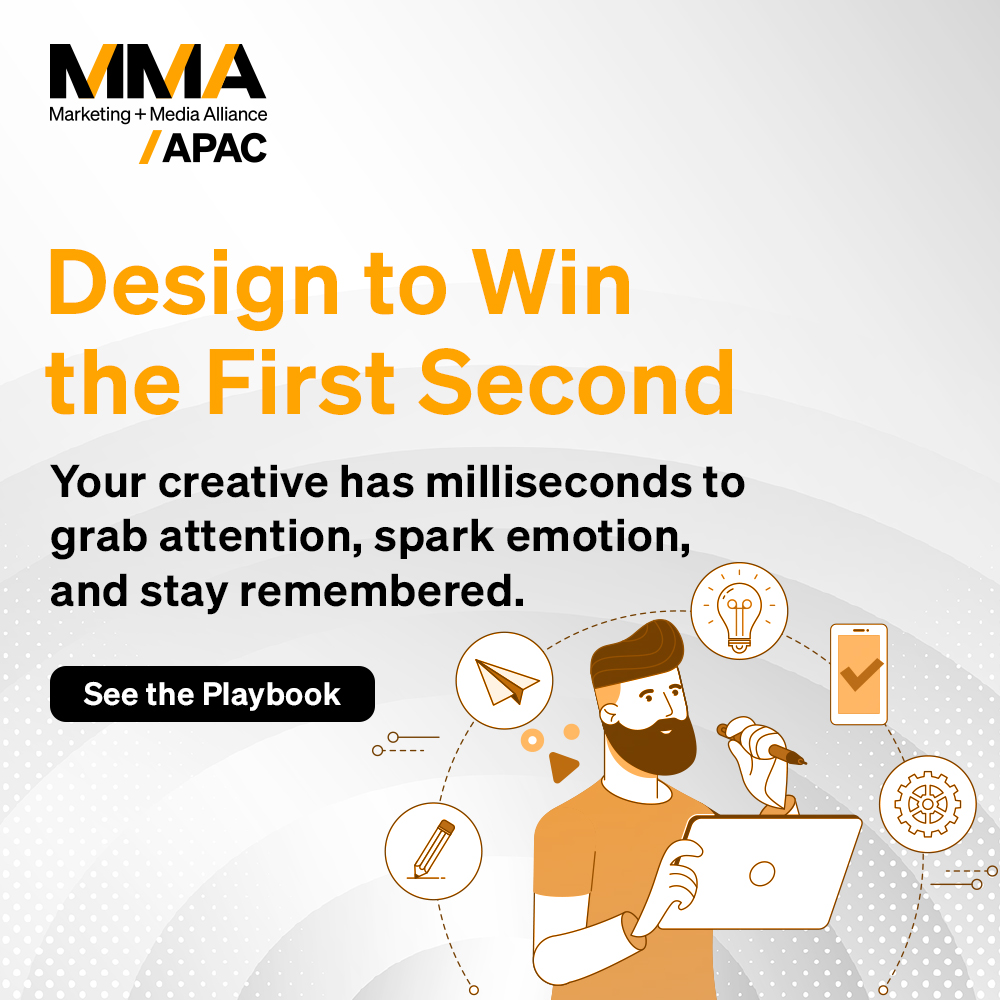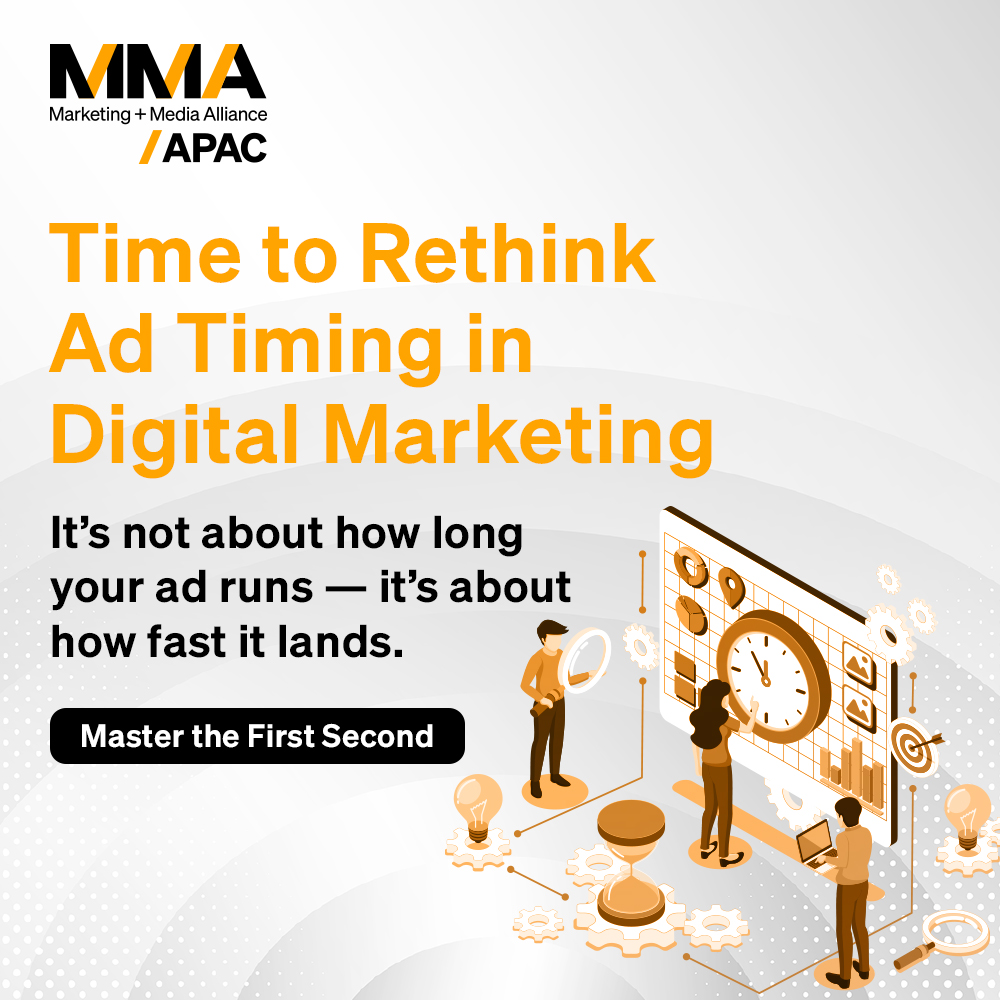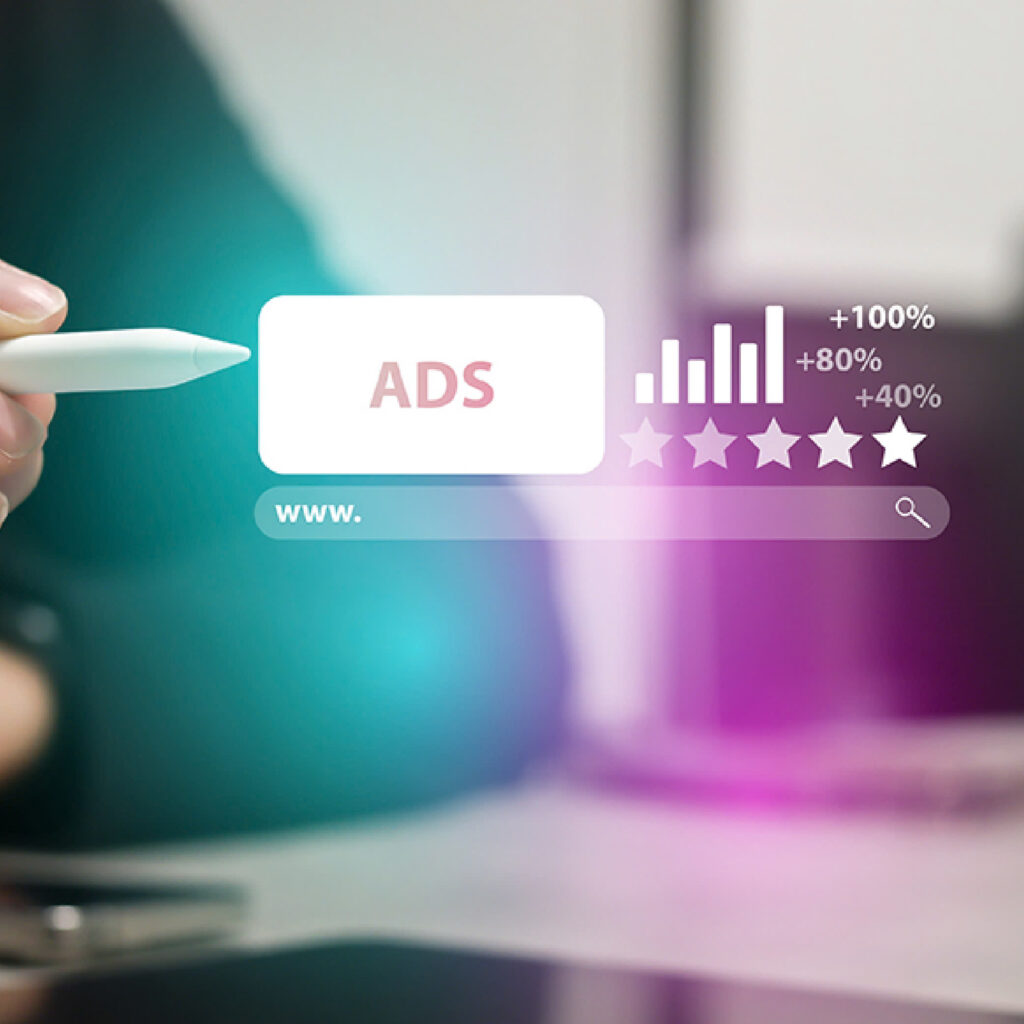
Marketers are obsessed with personalization. But if your strategy relies on fixed rules and pre-defined audience segments, you aren’t truly personalizing. You’re just segmenting with a prettier name. And in today’s dynamic digital world, where consumer behaviors are constantly changing, that’s no longer enough.
The Limits of Traditional Segmentation
Traditional segmentation uses static personas and decision trees to match creative assets to audience groups. This approach is inherently limited. Let’s look at the numbers. Imagine a campaign with just a few variables:
- 5 creative assets
- 4 demographic segments (e.g., age, gender)
- 3 geographic locations
- 2 device types
That’s a total of 5 x 4 x 3 x 2 = 120 possible combinations. While manageable, this is a simplified example. In reality, a modern campaign can have hundreds or even thousands of creative variations and audience permutations. One brand, for instance, launched 72 modular creative versions across 1.8 million possible audience variations, leading to over 133 million potential message-to-moment combinations. No human-built logic tree or targeting strategy can effectively manage that scale. This is where most marketing operations fail—they simply aren’t built to react at that speed or scale.
The Rise of Real-Time, Contextual Personalization
The future of personalization lies in moving beyond pre-conceived notions and leveraging real-time, contextual signals to serve the best-performing creative. This is where advanced technologies, like those from the Consortium for AI Personalization (CAP), are changing the game.
Instead of assigning creatives to audience segments manually, CAP uses machine learning to analyze live data signals like:
- Time of day: Is it a morning commute or a late-night scroll?
- Device: Are they on a mobile phone, tablet, or desktop?
- Connection type: Are they on Wi-Fi or cellular data?
- Geography: Is the weather rainy or sunny? What local events are happening?
- Contextual data: What website are they on? What’s the content about?
This approach doesn’t rely on identity data or cookies, which are becoming obsolete. Instead, it uses techniques like one-hot encoding and k-modes clustering to group similar behaviors and learn what drives a response—at lightning speed.
Learning from Performance, Not Assumptions
What makes this model truly powerful is that it removes assumptions. The system doesn’t guess who the audience is or what they want based on a static profile. It learns what works directly from live media performance. It sees that a specific creative performs exceptionally well for users on a mobile device in a certain city at a particular time of day, and it automatically prioritizes that combination. This feedback loop is continuous, allowing the system to adapt to shifting behaviors and creative fatigue in real-time.
And this learning translates to measurable results. In real-world tests, this approach consistently delivered a 100% to 259% ROI uplift across multiple industries and channels, all without using personal data.
The Future is Now 🚀
If you’re still relying on static rules and pre-set segments to deliver your messaging, it’s time to ask yourself: are you actually personalizing? Or are you simply repackaging segmentation with better labels?
The most successful brands aren’t just testing this technology; they’re scaling it. They’ve moved past the “is this better?” question and are now focused on “how do we get this everywhere?”
👉 Register your interest and discover how you can scale true personalization.







